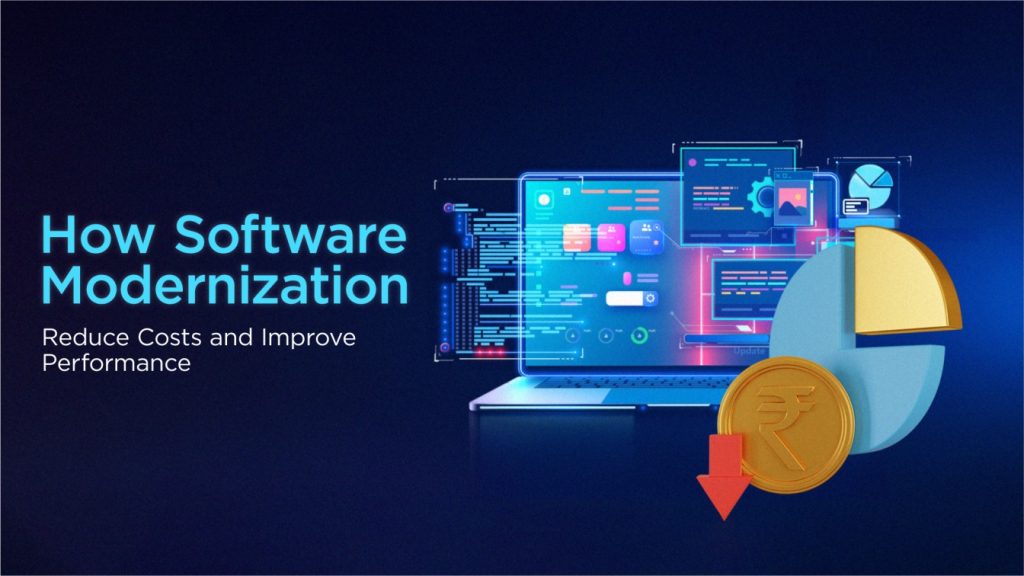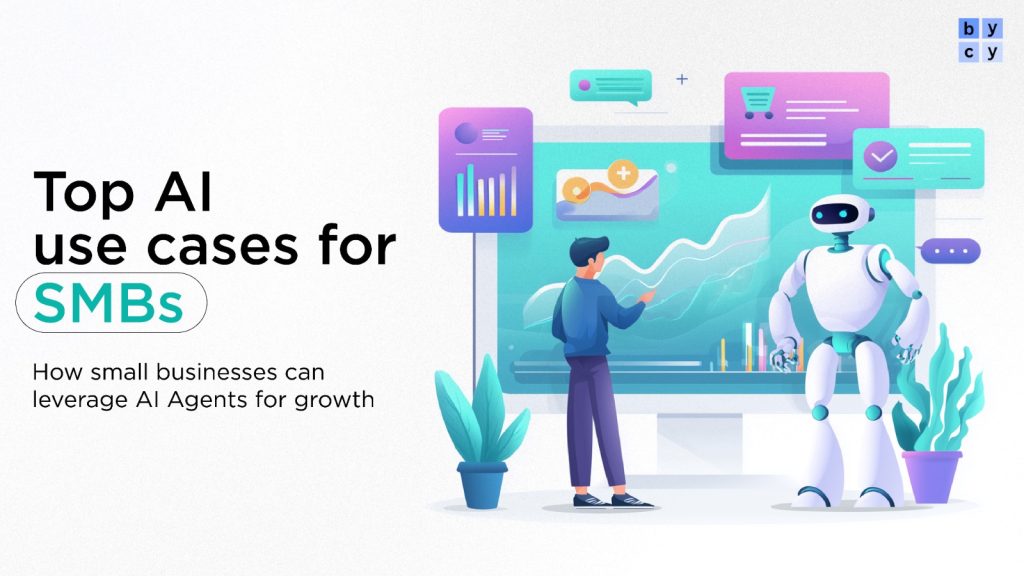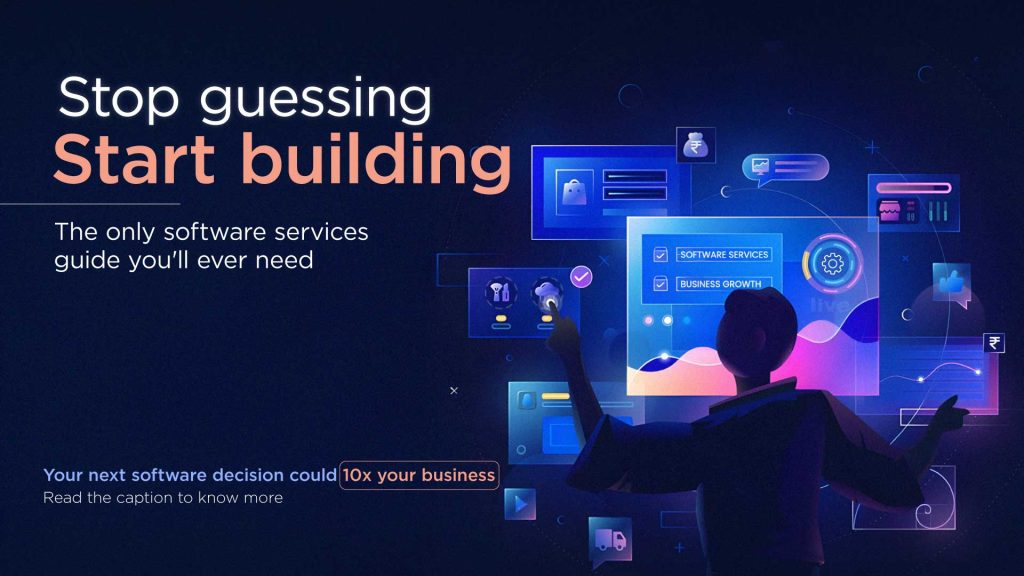Introduction
From being just a futuristic idea, AI automation has now become a crucial part of growth in every business. AI is currently revolutionizing businesses by helping them streamline basic tasks to providing complex data-driven decision-making frameworks. AI can also analyze massive datasets quickly and can accurately provide your business with insights into the market trends, customer behaviors, etc. So basically, AI’s presence in businesses right now is undeniable.
While AI’s presence is undeniable, there’s a common point of confusion about it. Many people use the terms AI and chatbots interchangeably. But that isn’t the case. While yes, chatbots do leverage AI to an extent, not all AI is chatbot. The distinction lies in their function and scope.
The AI solutions that you leverage can either make or break your business.
Chatbots, for example, are powerful tools for businesses to amp up their customer service and operational efficiency. Chatbots can offer 24/7 support, quick responses to common queries, and handle a high volume of responses simultaneously. Chatbots can free up human employees to focus on more complex tasks.
As much as chatbots can support businesses, their capacity is rather limited. They are typically made to follow pre-programmed scripts. While these are great for predictable tasks, your business might need a little more than just chatbots.
This is where AI agents come in. The difference between AI agents and chatbots is quite stark. While chatbots respond to queries, AI agents resolve them! Let’s take a deeper dive into AI agents vs chatbots.
What is a Chatbot?
Rule-based Chatbots
AI-powered Chatbots
What is an AI Agent?
Workflow Automation
Predictive Analysis
Multi-channel Operations
Key Differences Between AI Agents and Chatbots
- Autonomy: AI agents act independently; chatbots follow scripts.
- Learning: AI agents adapt and learn; chatbots are limited.
- Task scope: AI agents handle multiple tasks; chatbots focus on conversation.
Feature | Traditional Chatbots | AI Agents |
Autonomy | Follow scripts | Acts independently |
Learning | Limited | Adapt and learn AI agents use technologies like ML and LLMs to constantly learn from each interaction, thereby improving their knowledge and decision-making over time. |
Task scope | Focus on conversations | Handle multiple tasks They are built to execute actions and complete multistep goals across integrated systems like updating a database, checking inventory, etc. |
When to Use Chatbots vs AI Agents
Conclusion
FAQs:
The major difference between AI agents and chatbots lies in their operational mode and autonomy. While AI agents are autonomous, proactive, and goal-driven, chatbots are reactive and scripted.
Chatbots are appropriate for small businesses that are just beginning with automation as it is faster and easier to implement. An autonomous AI agent can be more ideal for bigger enterprises that require deep, complex cross-functional automation.
Yes, AI agents can learn and adapt with every interaction and outcome. The more data they process, the better they become at decision-making.
Generally, yes. They can be more expensive. But, they can also deliver higher ROI by reducing manual work, improving efficiency, and enhancing customer experience.
ByClarityTech can help you design, develop, and deploy AI agents that are tailored to your business needs. Reach out to us for a chat today.



